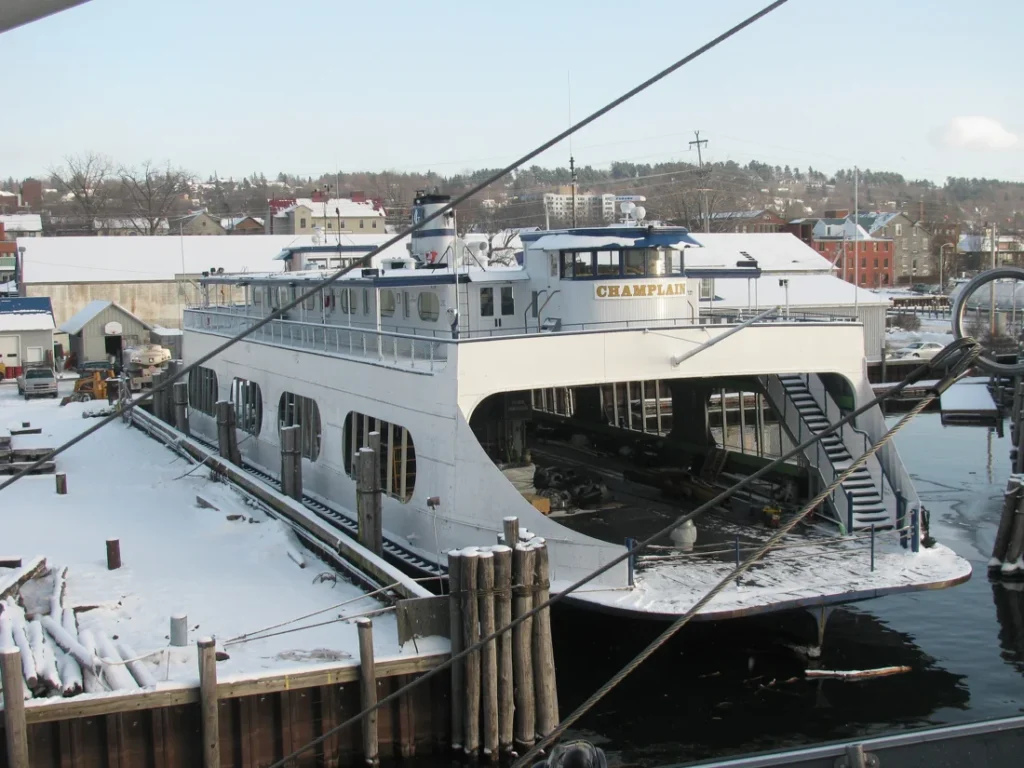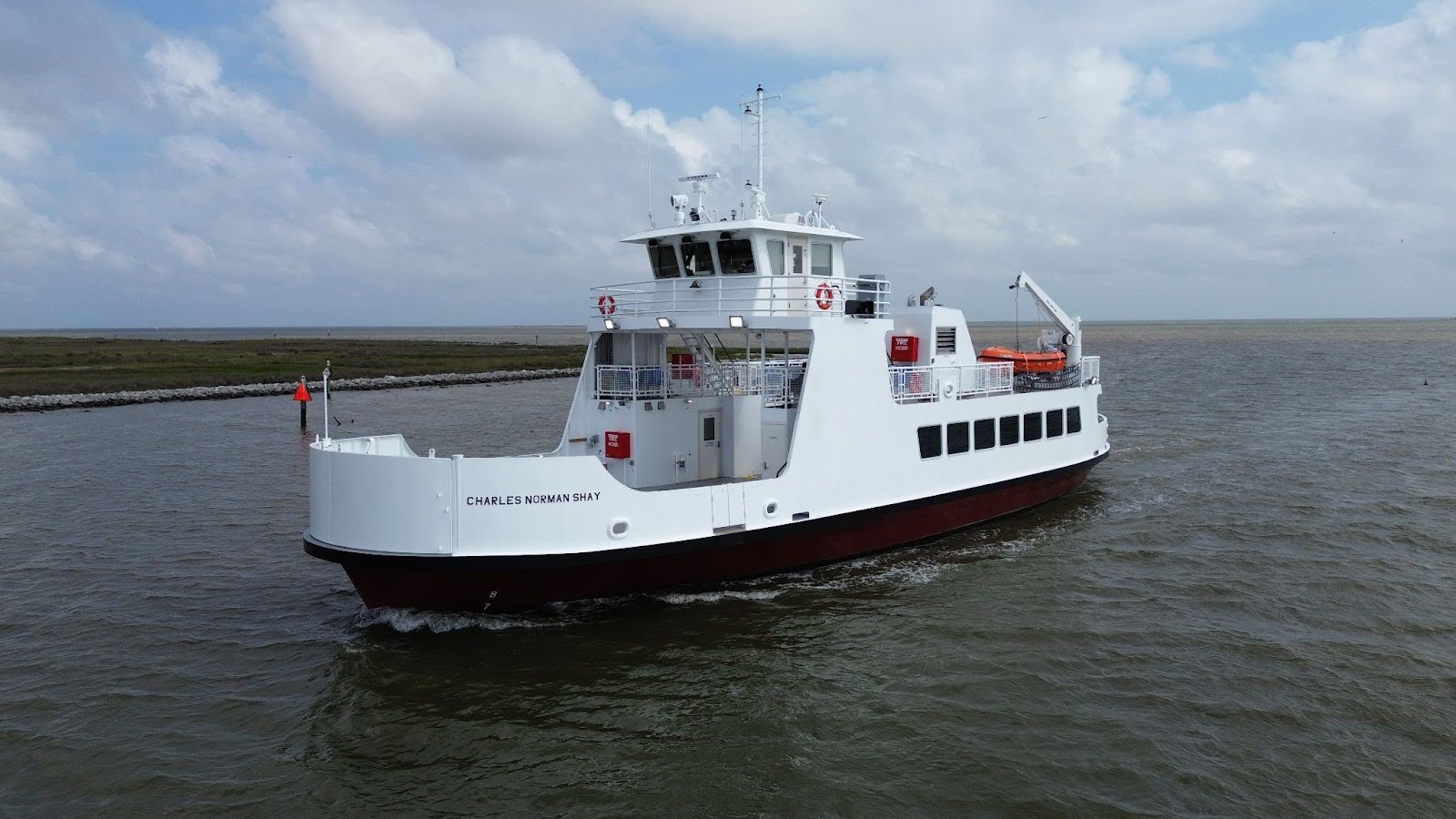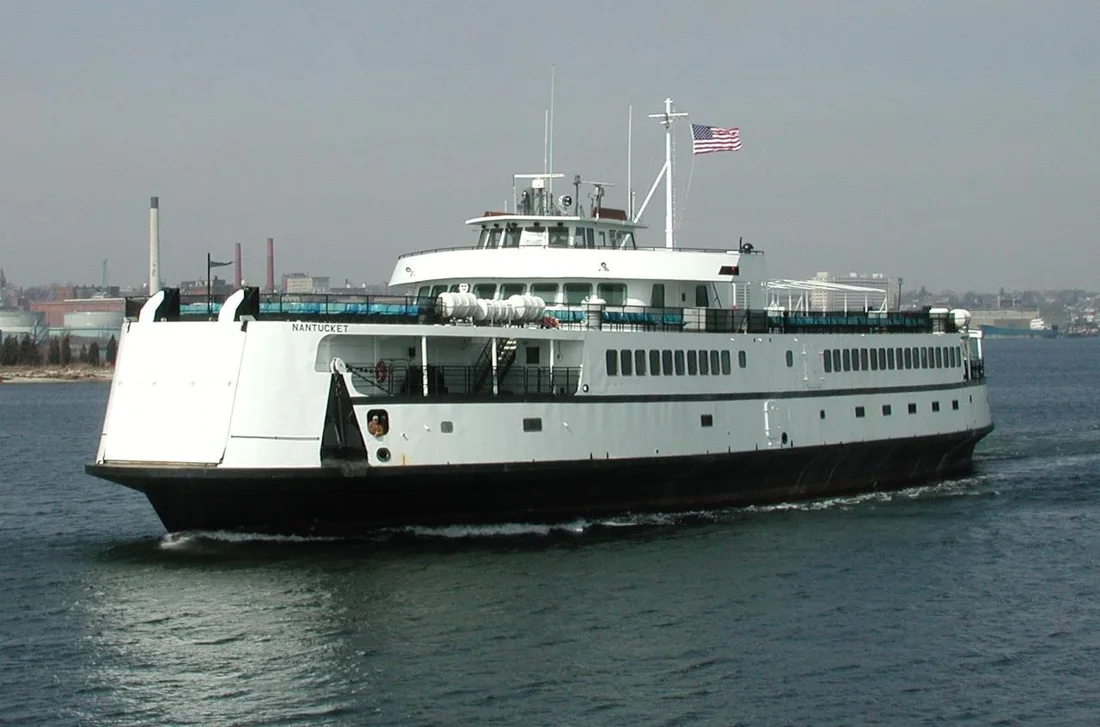Vessel Repowering: Benefits, Challenges, and What to Expect When You Repower a Diesel Boat
Repowering can benefit a vessel in various ways, including extended lifespan, greater efficiency, and improved performance. However, the challenges of repowering a boat can be equally varied and daunting. In this blog, we’ll explore what you may expect from the repowering process, including the advantages of boat repowering, the factors to consider when deciding to repower, and the challenges boat engine replacement can present.
Why Repowering? The Advantages of Engine Upgrades
The decision to repower a boat often depends on a combination of factors. One of the most common is when an aging engine reaches the end of its operational life.
Longevity
Replacing an engine, either due to failure or the anticipation of it, may extend a vessel’s lifespan by decades. This makes economic sense, as the cost to install a new engine is generally far lower than the expense of a new build.
Parts Availability
With rigorous maintenance, even an older diesel engine may last several decades. However, maintaining and repairing such engines can be costly, complex, or even impossible due to the scarcity of replacement parts for out-of-production marine engine types. Parts availability is another factor to consider when evaluating vessel repowering as an option.
Enhanced Performance
Repowering often means upgrading a vessel’s performance capabilities, power, speed, and efficiency. Not only do newer, more modern engines perform better than older models, but they tend to be lighter as well. This can have a positive overall impact on the vessel’s performance by reducing resistance across the spectrum of loading conditions.
Repowering also means increased reliability, as a new engine is far less likely to experience mechanical trouble or breakdowns.
Lower Fuel Costs, Reduced Emissions, & Regulatory Compliance
A repowering project may initially be spurred on by the desire to reduce harmful pollutant emissions or the necessity of complying with international, federal, and state emissions regulations. It can have the added benefit of saving money in operating costs, as increased fuel efficiency and MPG mean spending less to travel further.
Upgrading an aging propulsion system to a modern Tier 3 or Tier 4 diesel engine results in reduced emissions, lower annual operating costs, and increased performance capabilities. It is also a necessary step in the regulatory compliance process for many vessels. In certain cases, federal grants or other funding sources may be available to subsidize repowering projects.
Increased Operational Power Demands
Installing new onboard systems, such as air conditioning, upgraded concessions, or other modifications affecting power usage, may increase a vessel’s overall energy consumption. This could require upgrades to the boat’s diesel generator, which might also present an opportunity for repowering and modernizing the propulsion system.
Engineering and Design Challenges to Consider
While repowering will most often mean swapping out an older diesel marine engine model for a new Tier 3 or Tier 4 compliant engine, the process is rarely as straightforward as it may sound. Various factors must be taken into consideration when engaging in a repowering project, including:
Vessel Type and Mission
The type of boat being repowered and its intended purpose will determine the necessary power requirements, size, weight, and other considerations. While a workboat may benefit most from an upgraded diesel engine, a quieter electric propulsion system may be ideal for a passenger ferry.
Other Affected Systems and Machinery
Reduction gears, the transmission, other powertrain equipment, and cooling, fueling, and exhaust systems may need to be updated or reconfigured depending on the new engine’s requirements.
Existing Structural Foundations & Size Constraints
Engine foundations may need to be redesigned or rebuilt entirely to accommodate the new propulsion system. Removing the older engine and equipment may pose a challenge that requires disassembling piping or other systems in the exit path.
Fitting a new engine into an existing hull can also present a challenge that must be considered before purchasing a new propulsion system.


| For the repowering of the ferry M/V Champlain, we analyzed the existing structural and mechanical components and designed a new system to integrate into the vessel. |
Timeline & Planning
Repowering requires detailed and consistent communication between the vessel owner, engineering team, and shipyard. It also necessitates forethought, with planning occurring at least a year in advance. The timeline from project start to completion can take anywhere from 4 to 10 months, but generally looks like this:
- Initial Assessment (1-2 months)
This phase involves determining the feasibility of the proposed repowering, conducting a systems compatibility check, and selecting the replacement engine. Engine procurement can take 12-14 months in and of itself, depending on the desired model.
- Design (2-7 months)
The length of the engineering and design phase can vary depending on the scope of the project. Once the owner approves the completed plans, they are submitted to the pertinent regulatory bodies for review and approval.
- Bidding Process (45-60 days)
Once the designs have been finalized, shipyards will bid on the project. Often, vessel owners purchase the engine and other equipment to bypass shipyard cost markups.
While this makes sense from an economic standpoint, it can introduce scheduling complexity, as the ordered equipment must arrive at the shipyard on time.
- Construction & Project Completion
When undergoing a typical repowering, vessels usually spend a few months in the shipyard. This is often scheduled to coincide with a boat’s operational downtime so as not to eat into its productivity any more than necessary.
This phase consists of the engine installation and any corresponding updates. All relevant onboard systems must then be integrated to work with the new engine. After this, final tests and sea trials are conducted to verify that the installation was carried out successfully, obtain regulatory sign-off, and confirm that there are no ensuing issues.
Ready to Repower? Contact Gilbert Associates Today
Whether you’re looking to update an engine, maximize performance, or comply with emissions regulations, repowering is a complex but rewarding, forward-looking investment for aging vessels and fleets.
Engine replacement improves performance across the board, while modernizing and preparing vessels for decades of additional active service. The long-term benefits of longevity, speed, reliability, fuel consumption, and regulatory compliance mean that, while ROI is not instant, repowering is an investment that pays off.
Our experienced naval architects and marine engineers are here to guide you through every step, from determining project feasibility to conducting final sea trials and navigating regulatory hurdles. Get in touch with Gilbert Associates to discuss your repowering project today.




